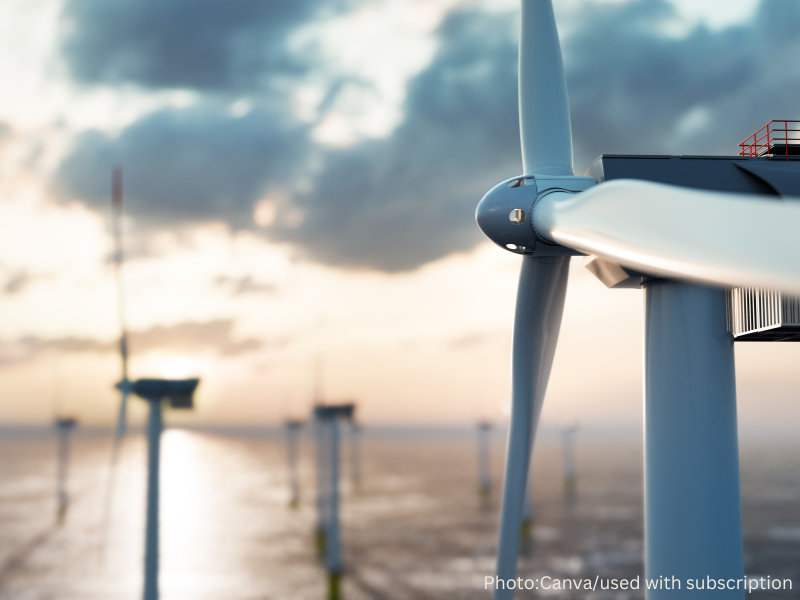What was supposed to be a big deal climate treaty negotiation has morphed into an enormous trade fair. Even funnier, the focus is on fossil fuel production, which the UN treaty is supposed to curb.
COP 28 has an astounding number of attendees, with over 100,000 official registrants, more than twice the previous record. See registration numbers here.
Meanwhile, the number of actual climate treaty negotiators is somewhere in the hundreds, so maybe 1% at most. The negotiations area is small and walled off, while the general attendees’ area is huge.
What do the other 99% (or 99,000 people) do as the two-week session rolls slowly by? They talk to each other, and a lot of that talk is apparently business-related because a lot of the attendees are reportedly corporate or trade professionals doing deals.
Several green observers have complained that the COP has turned into a trade show. Fossil fuels is a huge and growing industry, but it is hilarious that the conference supposedly designed to curb that industry is, in fact, facilitating it big time.
After all, this is a chance for business types to talk to energy policy and trade officials from most countries in the world, especially the energy-rich ones. Many government delegations likely include trade teams looking for fossil fuel action. Plus the business people deal with each other. Fossil fuels are truly international.
For example, oil-rich Nigeria lists a whopping 1,411 attendees. Of these, 422 are government funded, while the other 989 likely include a lot of business types. This is a lot of deal-making horsepower. Other energy-rich African countries also sent big delegations, including Kenya, Tanzania, and Morocco. Same for big energy producers around the world.
No doubt there are some climate activists among these delegations, but numerous observers say the general atmosphere is businesslike.
Moreover, the Conference is specifically organized to facilitate contact. To begin with, there are the pavilions, which are relatively large establishments. Here is the official Pavilion list.
Many countries have a pavilion, probably with a trade official or group in residence. Development banks and trade groups also have pavilions. Corporations do not, but they must not be allowed. Several universities have pavilions; one wonders what they are looking for.
Instead, corporations have official and unofficial exhibits, as do many other groups. There are also side events. All told, there are thousands of exhibits and side events.
Plus, there are all manner of offsite get-togethers at the hotels housing the hundred thousand or so attendees. As with any conference or convention, these contact venues range from simple presentations and cocktail hours to full-scale parties. In fact, this gives “Conference of Parties” a new meaning for COP. There might be a thousand parties a night, but still with a business focus. This is not tourism.
As an aside, consider the spending involved. If the average attendee spent just $3,000, that is around $300 million in new money hitting the local economy. No wonder countries compete heavily to host a UN COP.
Getting back to business, it is amusing that the COP 28 President was criticized for mentioning doing some oil and gas deals on the side, he being a big gun oil and gas executive. There are probably many more people and hours expended doing fossil fuel deals than are put into the COP climate negotiations, perhaps thousands more.
If the fossil fuel industry is using the UN COP to grow on, that might be a good reason to keep having them. But it sure is funny.





